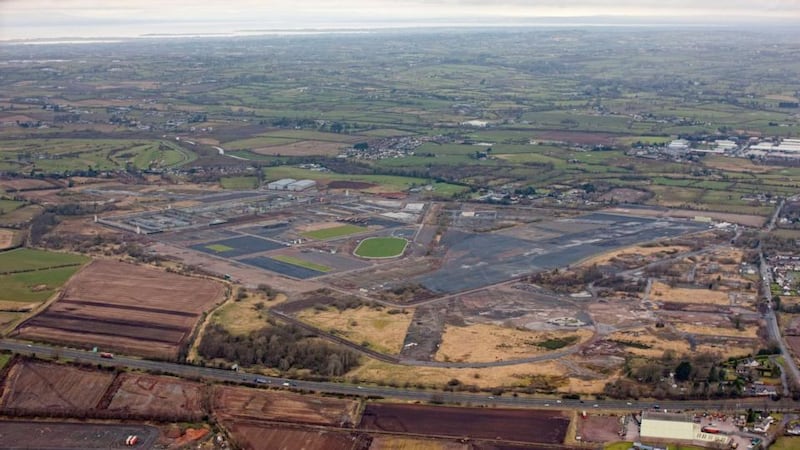An estimated £100 million (€117 million) is to be invested in the redevelopment of a site near Lisburn where the Maze prison once stood.
Last week, planners gave approval for a controversial peace centre at the site of the former prison for paramilitaries.
Former prison buildings, including the hospital block where 10 republican hunger strikers died, are being retained on the 350-acre site, although they will not form part of the peace centre.

Some unionists have called for the H block cells and hospital to be razed over fears the buildings could become an IRA shrine.
However, chairman of the corporation behind the development Terence Brannigan said the construction project was about more than just the controversial history of the Maze site at Long Kesh site. “There are people out there writing their own script, everybody seems to have a version of what is happening,” he said. “There is not a script at this moment in time written, most people are misinformed.”
He said proposals were still being considered by Northern Ireland’s First and Deputy First Ministers.
Architect Daniel Libeskind, who is renowned for his involvement in the plan for building on the site of New York's Ground Zero, is the lead architect in the development.
Organisers of the development hope for £100 million investment in the site by 2016. The first sod is due to be cut this autumn for the conflict reconciliation centre, with work due to be complete two years later.
The funding will be is a mixture of private and public sector money and includes spending on the development of the road network, the establishment of the Royal Ulster Agricultural Show, money from Europe for the reconciliation centre and potential Heritage Lottery funds.
Hundreds of republican and loyalist paramilitary prisoners were held at the
Maze between 1971 to 2000.
In 1974, republicans embarked in a campaign to gain political status and refused to wear prison clothes. By 1978, many had progressed to a no-wash or dirty protest in their effort for special category status.
Ten men, including Bobby Sands who had been elected as MP for Fermanagh South Tyrone, starved to death at the prison during the 1981 republican hunger strikes. Two years later republicans also staged the largest mass break-out in British penal history.
Yesterday, a petition calling for prison buildings at the Maze site to be de-listed and demolished and a controversial peace centre relocated has been launched. In a joint statement, Ulster Unionist Party leader Mike Nesbitt and UUP Fermanagh MLA Tom Elliott, Jim Allister of the TUV and David McNarry from UKIP demanded an immediate halt to the contentious development project.
"Over the course of a number of months we met and listened to innocent victims groups right across Northern Ireland. It is clear that there is significant opposition within these groups, the RUC George Cross Association, the Prison Officers Association and other organisations to the conflict transformation centre being built at the Maze and the retention of the hospital and H-Blocks.
"The Maze site is the wrong location for a peace centre where the whole focus will be on the prison and what happened within its walls. The DUP and Sinn Fein should move the centre to another site so that the Maze redevelopment can go ahead unhindered by the toxic legacy of our past," the statement said.
PA









